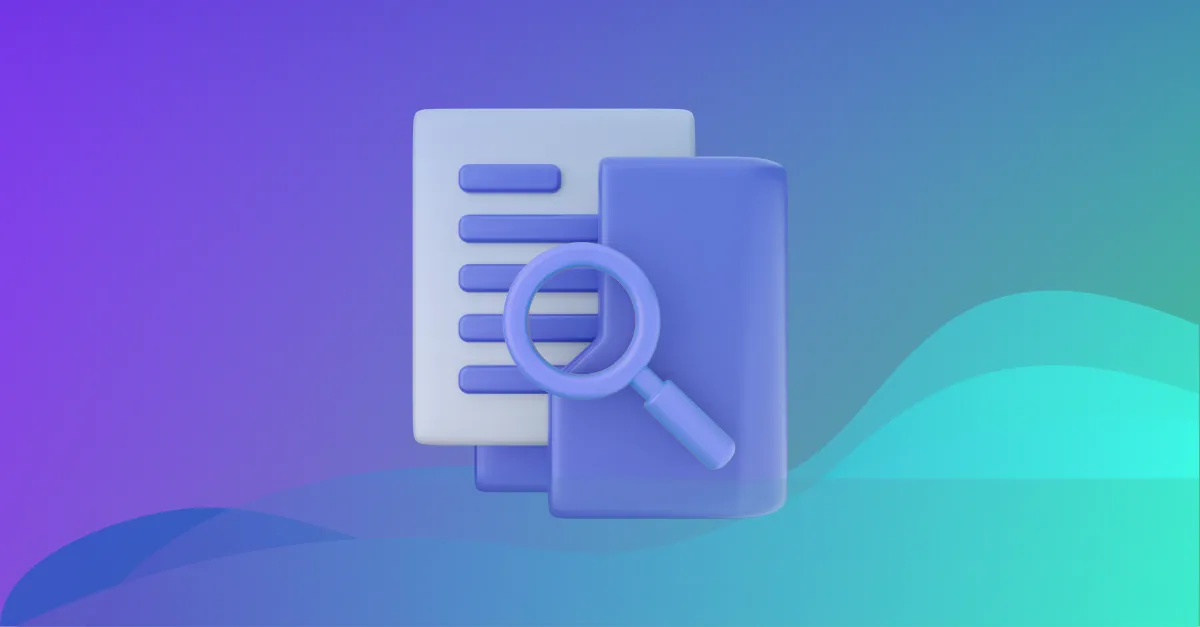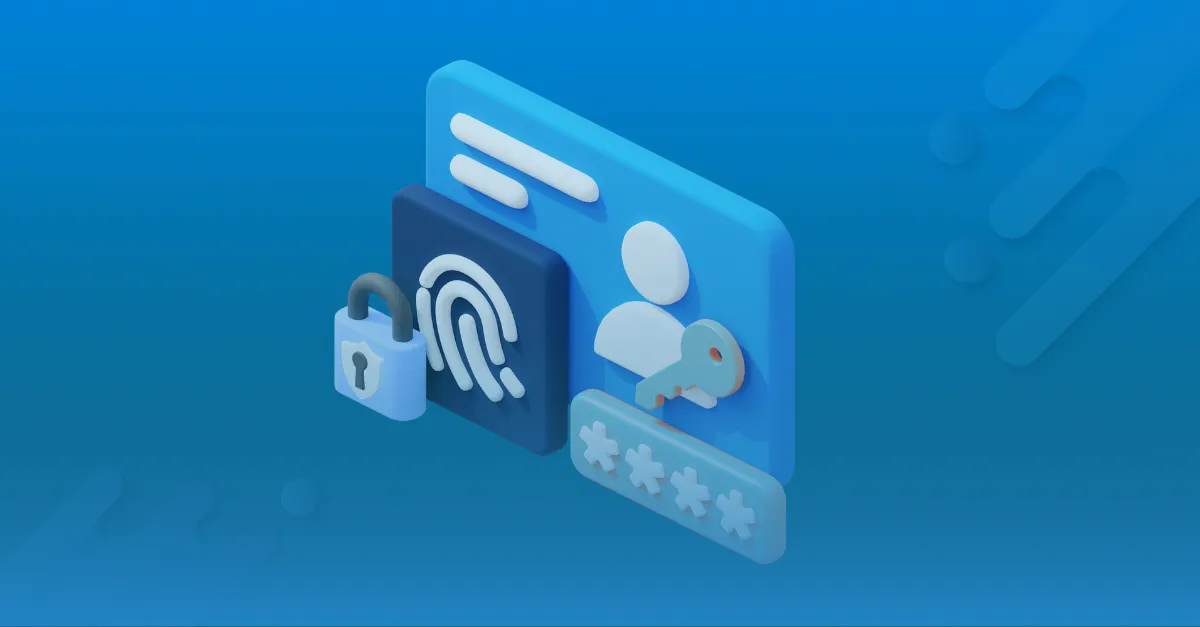
A session fixation attack is a web-based attack that allows an attacker to take over a victim’s session on a web application.
In this attack, a malicious actor sets or “fixates” the user’s session identifier to a known value over which they have control. They then trick the targeted user into using this pre-defined session identifier to log in or access the application.
In this blog we will walk you through the impact of a session fixation attack and how you can prevent it.
How is a session fixation attack exploited?
Session fixation attacks work by exploiting a vulnerability in the way that the web application manages session IDs.
When a user logs in to a web application, the application typically generates a unique session ID and assigns it to the user’s browser. The session ID is then used to track the user’s activity on the web application.
In a session fixation attack, the attacker first obtains a valid session ID for the web application. This can be done by logging in to the web application as the victim or by exploiting a vulnerability in the web application’s session management code.
Once the attacker has a valid session ID, they can trick the victim into using that session ID.
This can be done by sending the victim a link that contains the session ID or by embedding the session ID in a malicious email.
When the victim clicks on the link or opens the malicious email, their browser will automatically use the session ID that the attacker provided. This will cause the victim to be logged in to the web application as the attacker.
Once the attacker has taken over the victim’s session, they can then perform any actions that the victim is authorized to do.
To protect against session fixation attacks, it is important to use a secure web application framework that is designed to prevent session fixation attacks. Additionally, web applications should not accept session IDs from GET or POST parameters.
What is the impact of session fixation attack?
The impact of a session fixation attack can be severe, potentially leading to unauthorized access to sensitive user accounts and information.
Here are some of the key impacts of a successful session fixation attack:
1. Unauthorized access
After the attacker fixes the session identifier, they can impersonate the victim, gaining unauthorized access to the victim’s account. This allows them to view sensitive information, perform actions on behalf of the victim, and potentially take over control of the account.
2. Data theft
If the victim has access to sensitive data or confidential information within the application, the attacker can exploit the fixed session to steal this data, leading to data breaches and privacy violations.
3. Financial losses
In cases where the application involves financial transactions, a session fixation attack could result in unauthorized money transfers or fraudulent transactions, causing financial losses for both the victim and the organization running the application.
4. Reputation damage
Security breaches and unauthorized access can significantly damage the reputation of the affected organization. Users may lose trust in the application’s security, leading to a decline in user base and potential legal repercussions.
5. Manipulation of user account
The attacker can modify the victim’s account settings, change passwords, and even lock the user out of their own account, causing frustration and inconvenience.
6. Misuse of privileges
In applications with role-based access control, an attacker could exploit a session fixation vulnerability to gain access to higher-level privileges than their own account permits.
7. Escalation to other attacks
A session fixation attack could serve as a stepping stone for other types of attacks, such as Cross-Site Scripting (XSS) or
Cross-Site Request Forgery (CSRF), leveraging the fixed session to execute malicious actions.
To mitigate the impact of session fixation attacks, web application developers should implement strong session management practices.
Regular security testing and audits are essential to identify and address potential vulnerabilities before attackers can exploit them.

How can you prevent a session fixation attack?
Preventing and mitigating session fixation attacks requires implementing robust security measures in web applications.
Here are some effective strategies to safeguard against session fixation:
1. Use strong session identifiers
Ensure that session identifiers are strong, long, and unpredictable. Generate session IDs using a cryptographically secure random number generator to make it difficult for attackers to guess or fixate on them.
2. Change session identifiers on authentication
Upon successful authentication, generate a new session identifier for each user. This practice prevents attackers from using pre-defined session IDs to gain unauthorized access.
3. Bind sessions to client attributes
Tie session identifiers to specific client attributes such as IP addresses, user agents, or device identifiers. If these attributes change during the session, consider invalidating the session and requiring reauthentication.
The Secure flag ensures that cookies are only transmitted over HTTPS connections, protecting them from interception.
4. Session expiry and timeout
Implement session expiration and idle timeout mechanisms. Automatically log out users after a period of inactivity or set an expiration time for the session to reduce the window of opportunity for attackers.
5. Session token rotation
Regularly rotate session tokens, making it harder for attackers to fixate sessions and exploit them over an extended period.
6. IP address checking
Implement IP address validation during session initiation and periodically verify that the user’s IP address matches the one stored in the session data.
7. User agent verification
Similarly, validate the user agent (e.g., browser and device information) during session creation and compare it to the stored value during the session to detect potential discrepancies.
8. Awareness and education
Educate users about the risks of clicking on unknown or suspicious links, especially those received from unknown sources. Encourage users to log in to applications directly from trusted sources.
9. Regular security audits
Conduct regular security audits and vulnerability assessments to identify and fix potential session fixation vulnerabilities in the application. You can use a platform such as Beagle Security for automating this process.
By implementing these preventive measures, web application developers can significantly reduce the risk of session fixation attacks and enhance the overall security of their applications.



![Top 10 penetration testing companies [2025] Top 10 penetration testing companies [2025]](https://beaglesecurity.com/blog/images/top-penetration-testing-companies-840.webp)
![Top cybersecurity companies in India [2025] Top cybersecurity companies in India [2025]](https://beaglesecurity.com/blog/images/blog-banner-two-840.webp)







![Top 10 SDLC tools [2025] Top 10 SDLC tools [2025]](https://beaglesecurity.com/blog/images/blog-banner-three-840.webp)